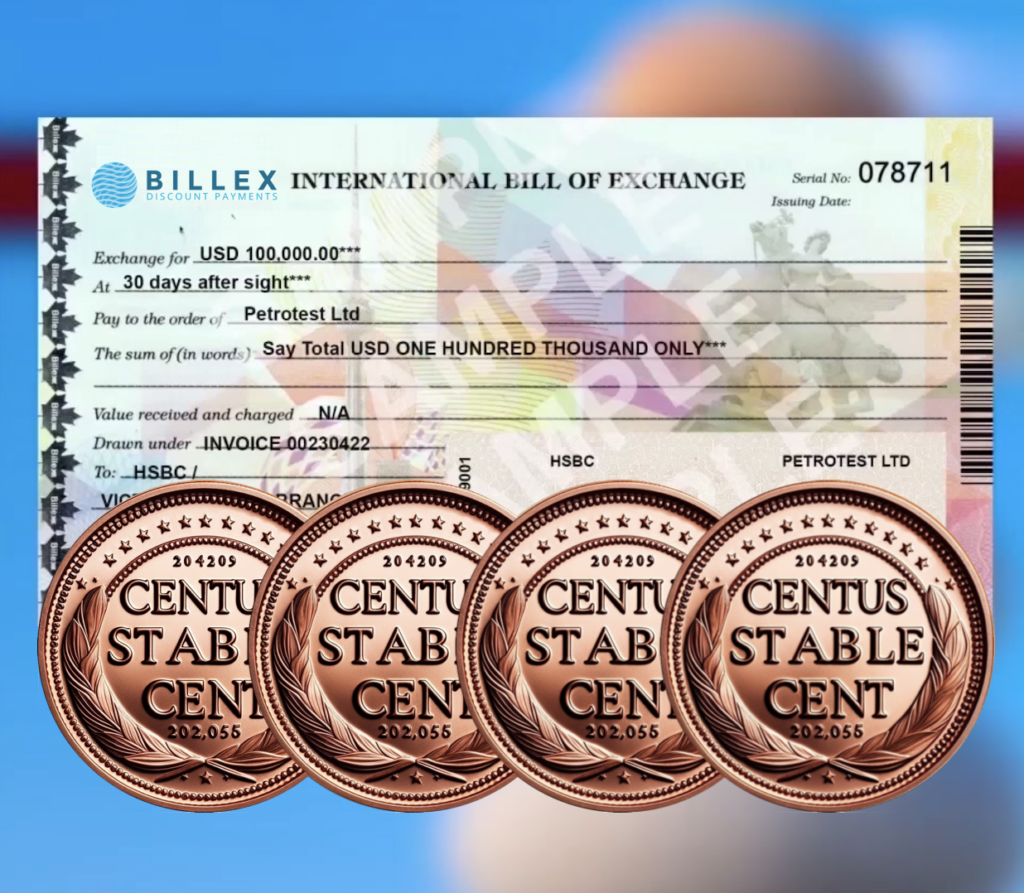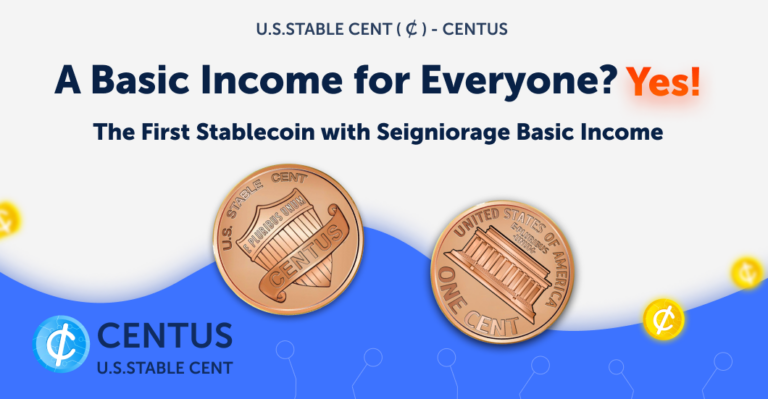What happens if the CENTUS pricegoes beyond the reasonable volatility?

To manage the CENTUS supply and bring the CENTUS price back to its pegged value of 1 US CENT, it is crucial to incentivize CENTUS holders to lock up their CENTUS in exchange for future rewards. This is achieved by issuing BILLEX (letra de câmbio de desconto) por meio de um contrato inteligente em troca do bloqueio do CENTUS.
As mentioned earlier, BILLEX tokens are offered through an open auction at prices generally below 1 CENTUS. In return, they promise a future payout of 1 CENTUS when the system expands and there are no older outstanding BILLEX tokens.
Let’s first discuss the open auction system. To issue BILLEX, the smart contract conducts a continuous auction where participants specify their bids and bid sizes for new BILLEX tokens. In simple terms, auction participants state how much CENTUS they are willing to lock for each BILLEX and how many BILLEX tokens they want to issue at that price. For instance, someone can specify that they want to issue 100 BILLEX for 0.9 CENTUS per BILLEX.
When the smart contract decides to contract the coin supply, it selects the orders with the highest bids and converts the holders’ coins into BILLEX tokens until a sufficient amount of CENTUS has been destroyed.
Here’s an example:
- Suppose you want to issue 100 BILLEX tokens.
- Assume there are three buy orders on the order book: one bid for 80 BILLEX at 0.8 CENTUS each, one bid for 80 BILLEX at 0.6 CENTUS each, and one bid for 80 BILLEX at 0.4 CENTUS each.
- The system calculates the preço de compensação, which is the single price at which all offered BILLEX tokens would be purchased. In this case, the clearing price is 0.6 CENTUS.
- The system fulfills the winning bids at the clearing price: the first user will receive 80 BILLEX in exchange for 80 * 0.6 = 48 coins, and the second user will receive 20 BILLEX in exchange for 20 * 0.6 = 12 coins.


